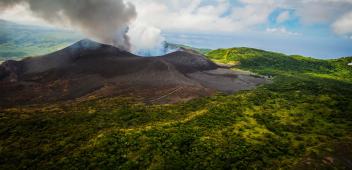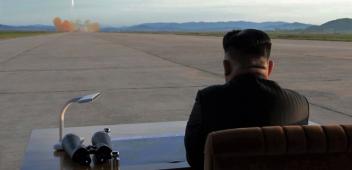Nuclear power in Southeast Asia: Implications for Australia and non-proliferation
Several Southeast Asian countries continue seriously to assess the feasibility of nuclear energy, despite the 2011 Fukushima disaster. This publication explores the reasons and prospects for such interest, as well as implications for Australia and nuclear non-proliferation.

- Some governments in Southeast Asia remain interested in nuclear energy.
- The region lacks good cooperative frameworks for peaceful nuclear energy development.
- As a neighbour, non-proliferation advocate and uranium supplier, Australia could help shape these frameworks.
Executive Summary
Interest in nuclear power is rising in Southeast Asia. Indonesia is set to lead the way, followed by Vietnam, Thailand, and potentially the Philippines and Malaysia. But nuclear power development in the region faces questions about its economics and safety, as well as nuclear weapons non-proliferation. A key issue is whether countries will embark on sensitive segments of the fuel cycle. Approaches to help allay such concerns include international fuel supply mechanisms and the possibility of a co-operative approach to nuclear power development within ASEAN.
Southeast Asia’s nuclear energy aspirations connect with Australia’s role as a major world uranium supplier. Australia will also want to ensure that nuclear power in the region develops safely and in a context of international co-operation. This could involve using existing frameworks for technical assistance as well as greater attention in high-level regional forums such as the East Asia Summit.



